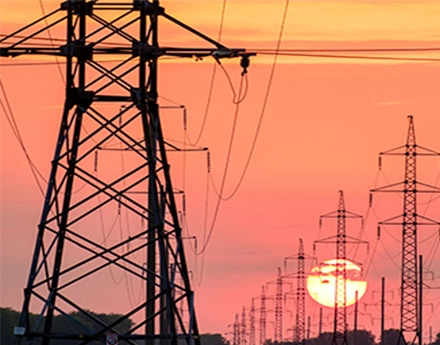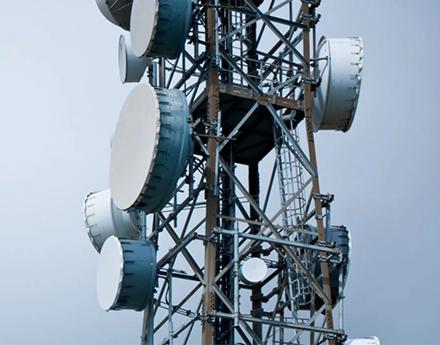At the heart of every electrical grid lies a complex web of power lines, transformers, and distribution systems that seamlessly deliver electricity to homes, businesses, and industries. Power line hardware, often overlooked in the grandeur of grid infrastructure, plays a crucial role in ensuring the reliability, safety, and efficiency of these networks. This passage delves into the indispensable role that power line hardware plays as the unsung hero in supporting the backbone of modern electrical grids.
One of the primary functions of power line hardware is to reinforce the reliability of the electrical grid. From robust transmission towers to resilient insulators, each component is meticulously engineered to withstand the rigors of diverse environmental conditions. The hardware serves as the backbone that supports the transmission lines, ensuring they remain intact and functional even in the face of adverse weather, such as storms, high winds, or ice accumulation.
The engineering behind power line hardware extends beyond mere durability. These hardware fittings for transmission lines are designed to minimize energy losses during transmission, contributing to the overall efficiency of the grid. By providing a stable and reliable structure for the power lines, hardware ensures that electricity can be transmitted with minimal disruptions, reinforcing the grid's resilience against unforeseen challenges.
Ensuring the safety of both the electrical grid and the communities it serves is a paramount concern. Power line hardware including overhead power line accessories and power cable accessories plays a pivotal role in upholding this safety standard. Insulators, connectors, and other hardware components are strategically designed to prevent electrical leaks, reduce the risk of short circuits, and maintain the stability of the grid.
Innovations in these electric power fittings also contribute to the enhancement of safety features. For instance, advanced materials and design technologies help mitigate the risk of equipment failure and minimize the environmental impact of power line operations. These safety measures not only protect the integrity of the grid but also safeguard surrounding areas from potential hazards, creating a secure and stable electrical infrastructure.
In conclusion, power line hardware is the unsung support system that underpins the functionality, reliability, and safety of electrical grids. As grids continue to expand and evolve to meet the increasing demands for energy, the significance of robust and efficient power line hardware becomes even more pronounced. From reinforcing reliability to upholding safety standards, power line hardware stands as a testament to the intricate engineering required to maintain the seamless flow of electricity through the intricate web of transmission lines. As technology advances, so does the role of power line hardware, ensuring that electrical grids remain not only powerful but also resilient in the face of the ever-changing dynamics of the modern world.



